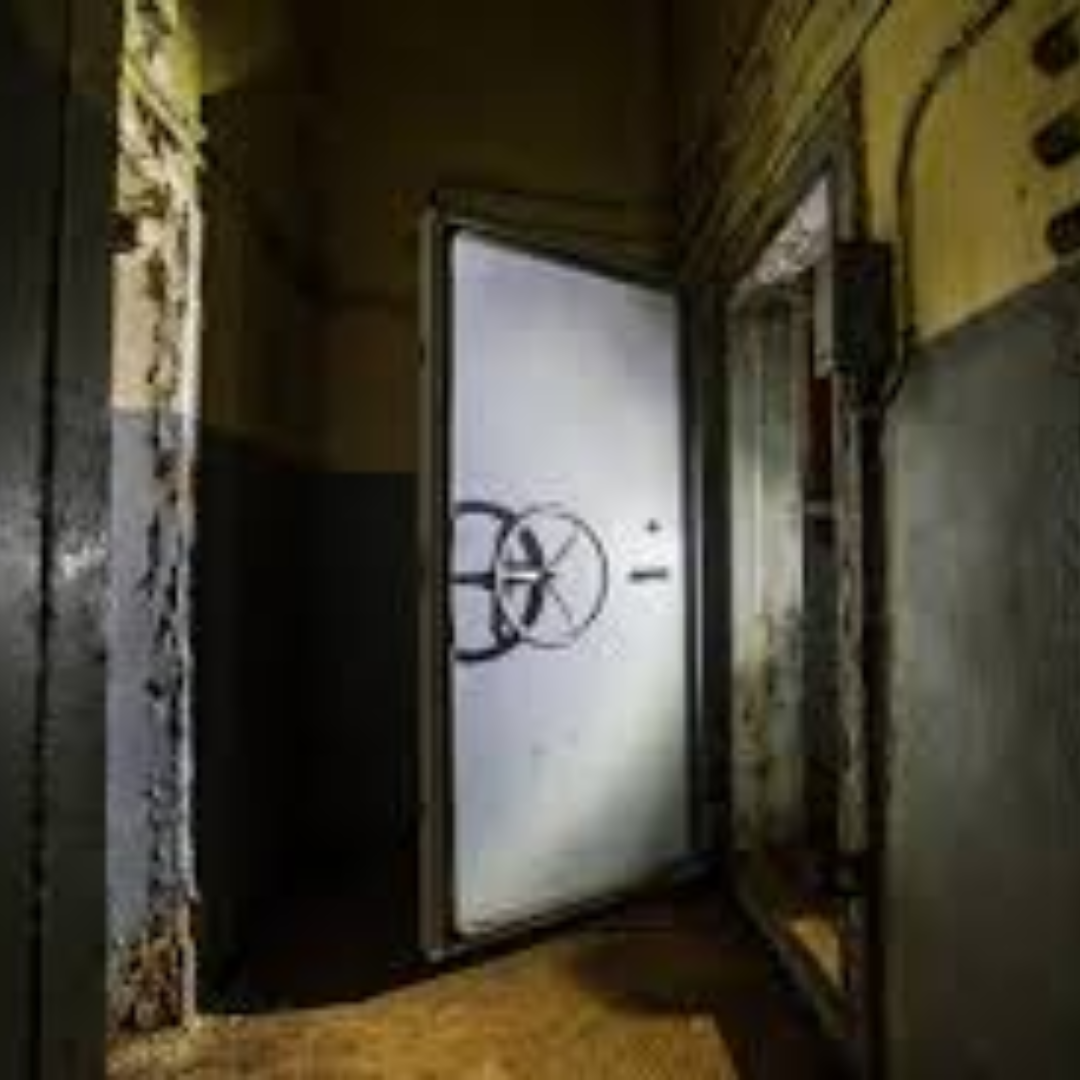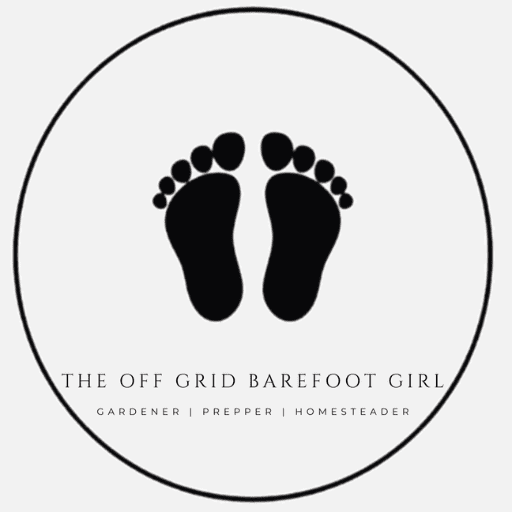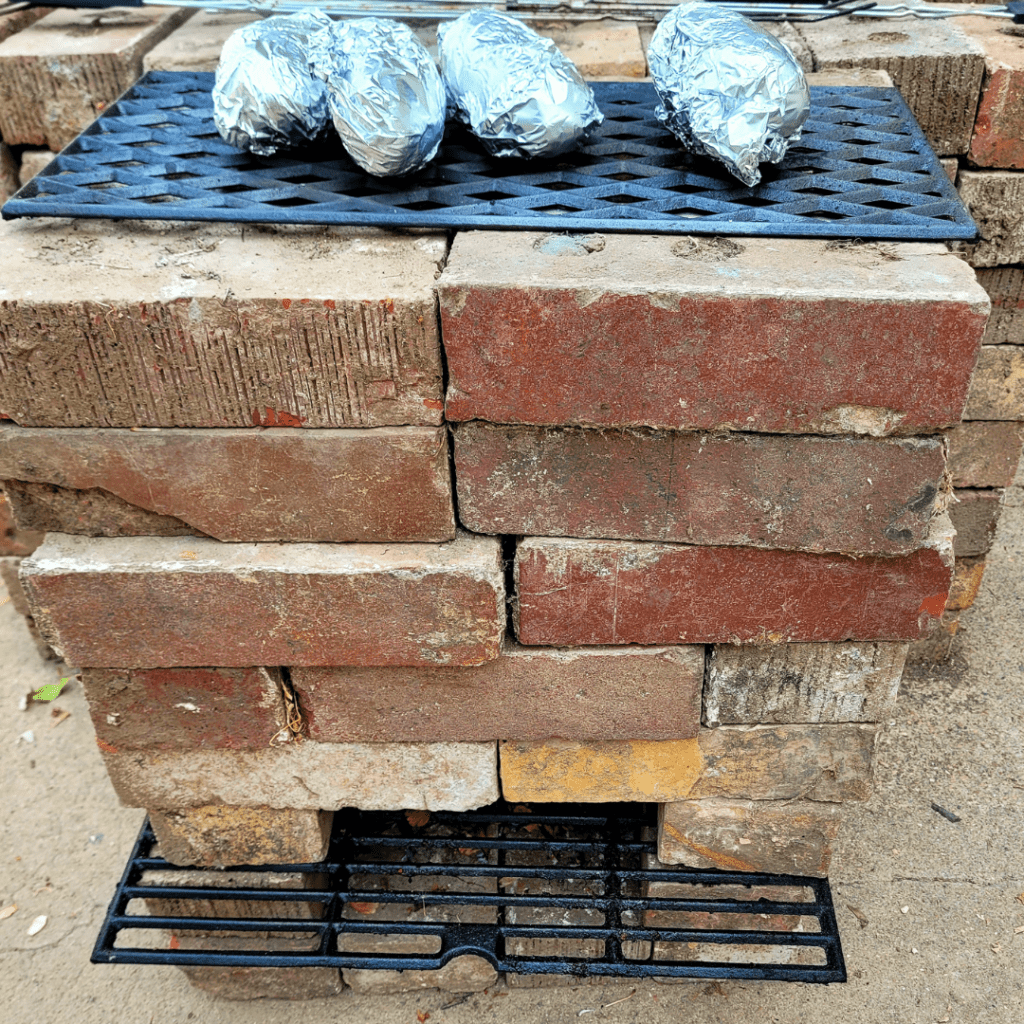Protect your family with the best safe rooms for emergencies. Discover top-rated designs, DIY tips, and security essentials to help you escape the chaos.
When chaos breaks loose—whether it’s from a natural disaster, civil unrest, or a home invasion—having a safe room could mean the difference between panic and protection. As a mom living off-grid, I know how vital it is to have a secure place where your family can take shelter and breathe easy. In this post, I’ll break down the best safe room options for different budgets, locations, and family sizes—plus DIY tips and gear to help you get started. Because when the world outside isn’t safe, your home should be.
This is a pinnable post. Tap or hover over any image in this post to pin to your Pinterest Boards.
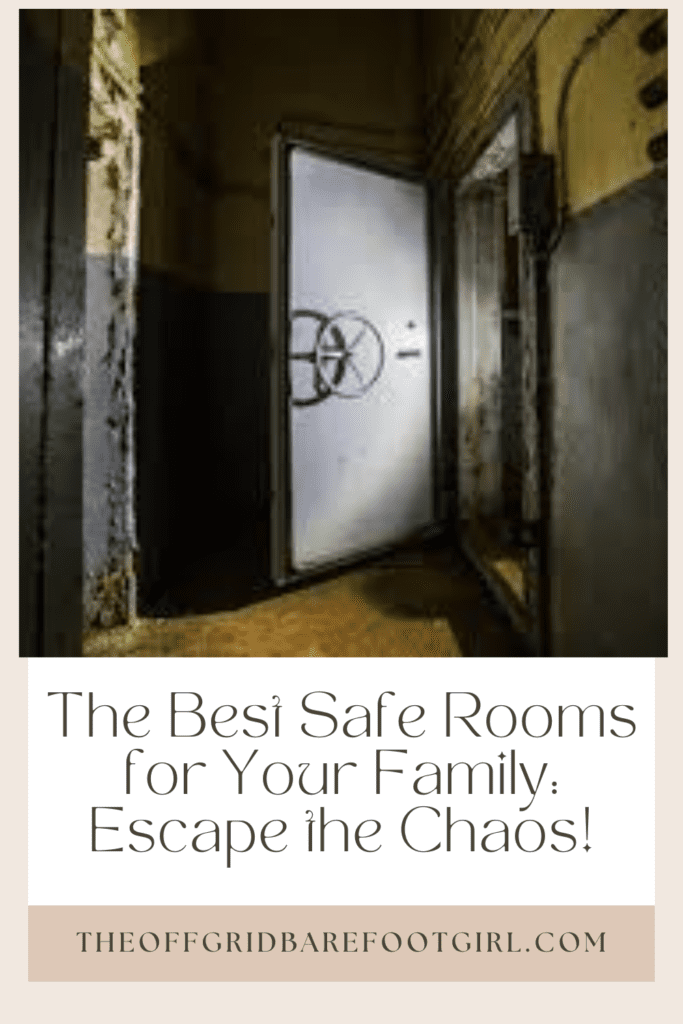
What Are Safe Rooms?
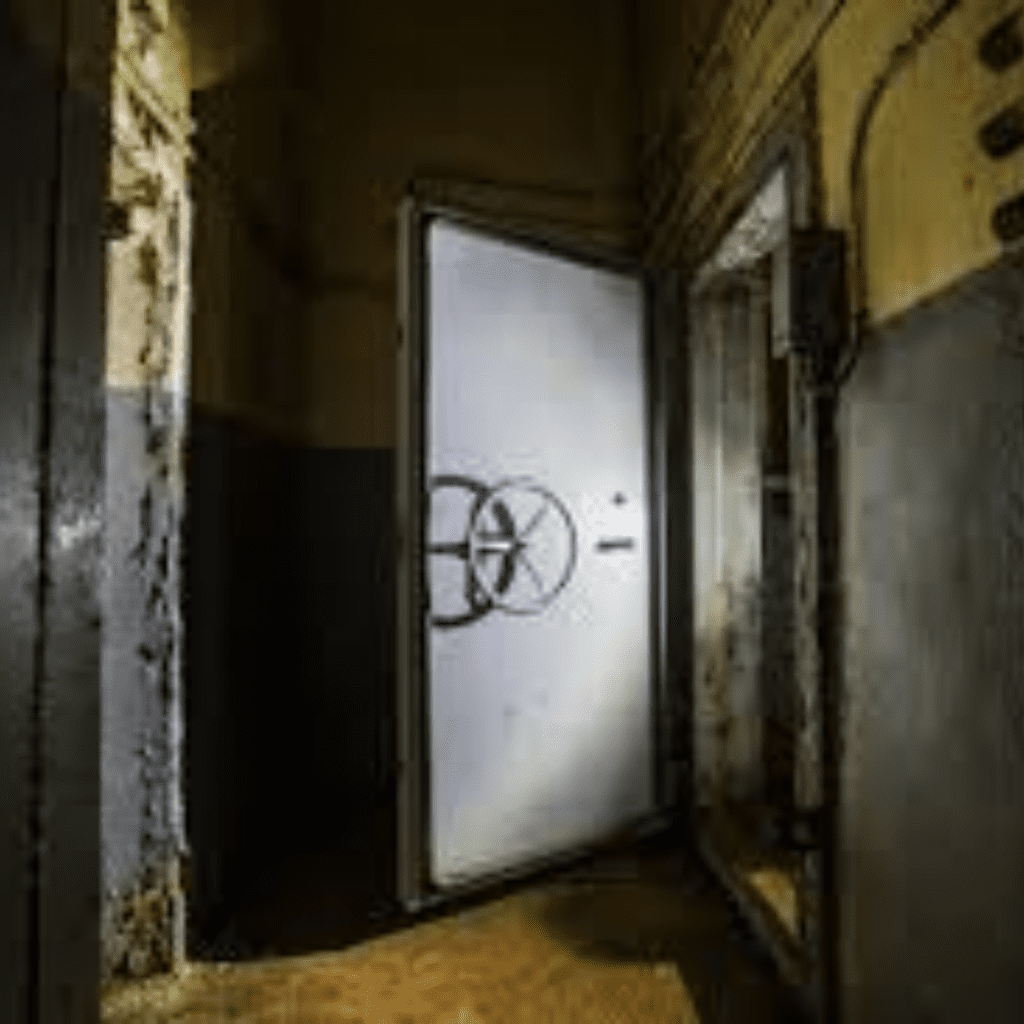
Let’s face it—life feels more unpredictable than ever. That’s why having a safe space at home isn’t just for doomsday preppers or the super-rich anymore. A safe room, or panic room, can give your family real peace of mind during everything from severe storms to break-ins. It’s not about fear—it’s about being ready and protected when things go wrong.
Having a safe room is akin to having a personal insurance policy against chaos. It’s an investment in peace of mind, knowing that there’s a sanctuary within your home where you can retreat and stay protected until the danger passes.
By understanding the importance of these specialized spaces, you’re taking the first step toward safeguarding your loved ones from the unpredictable.
Safe Rooms Are Proven to Be Invaluable!
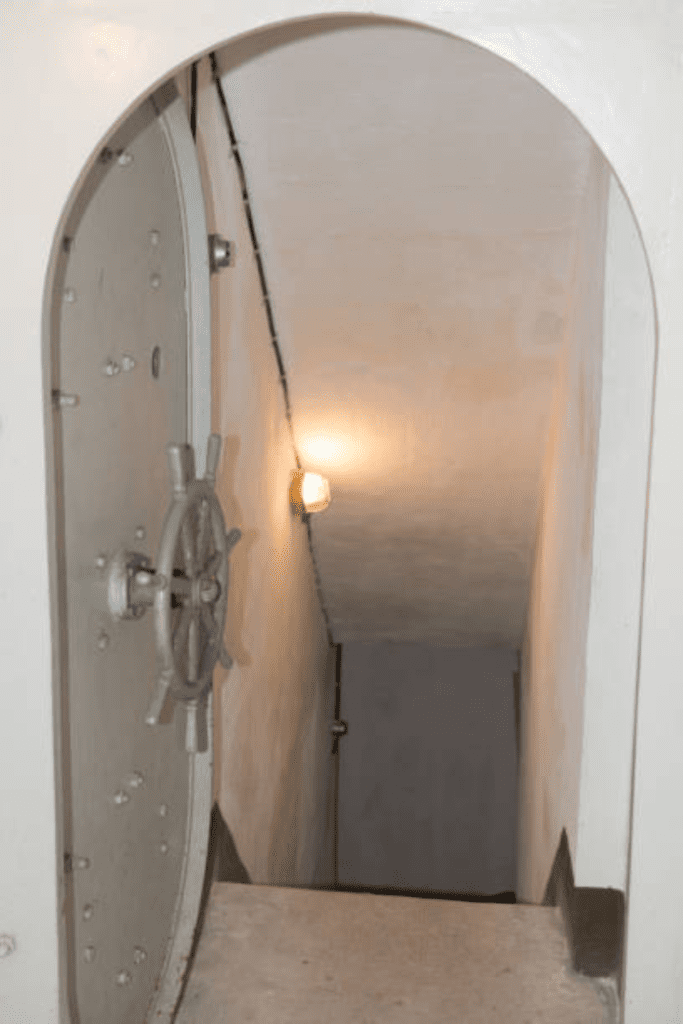
Safe rooms have repeatedly proven to be invaluable in various crises, providing a vital sanctuary for individuals and families facing imminent danger. During natural disasters such as hurricanes, tornadoes, and earthquakes, safe rooms offer unparalleled protection against the devastating forces of nature, safeguarding lives and minimizing injuries.
Providing Occupants a Secure Haven In Times of Civil Unrest
Similarly, in situations of civil unrest or armed conflict, safe rooms serve as a crucial refuge, shielding occupants from violence and providing a secure haven until the danger passes. In instances of home invasions or burglaries, these fortified spaces offer a last line of defense, allowing occupants to seek refuge and contact authorities for assistance.
Across different scenarios, safe rooms stand as a testament to preparedness and resilience, underscoring their indispensable role in ensuring the safety and well-being of those within.
Not All Safe Rooms Are Created Equal
However, not all of the safe rooms in Israel proved to save the lives of the household. The attackers came strong with brute force at an unexpected hour.
Safe rooms are common in homes along the Gaza border and are required. They are often not hidden or structured for armed militants who stormed through before the families were able to hide. The enemy could quickly discover the safe rooms and were able to invade them swiftly by surprise.
Most of Israel’s safe rooms were built for overhead rocket flares rather than a door-to-door ground invasion by an aggressive military. I only pray they learn from this horrible experience and build better, stronger, and more discreet safe rooms for their people. There is a lot to be learned from this terrible event!
Americans Are Notorious for Building Discrete Safe Rooms
Americans have developed a reputation for discreetly concealing their safe rooms, a practice rooted in the culture of self-reliance and protection. With a long history of valuing privacy and security, many Americans opt to hide their safe rooms in plain sight, integrating them seamlessly into their homes’ architecture or interior design.
This clandestine approach serves multiple purposes, not only ensuring the element of surprise in the event of an emergency but also maintaining a sense of normalcy and minimizing the perception of vulnerability. By blending functionality with discretion, Americans demonstrate their commitment to safeguarding their families while maintaining a semblance of everyday life, a testament to their ingenuity and resilience in the face of potential threats.
Types of Safe Rooms to Consider
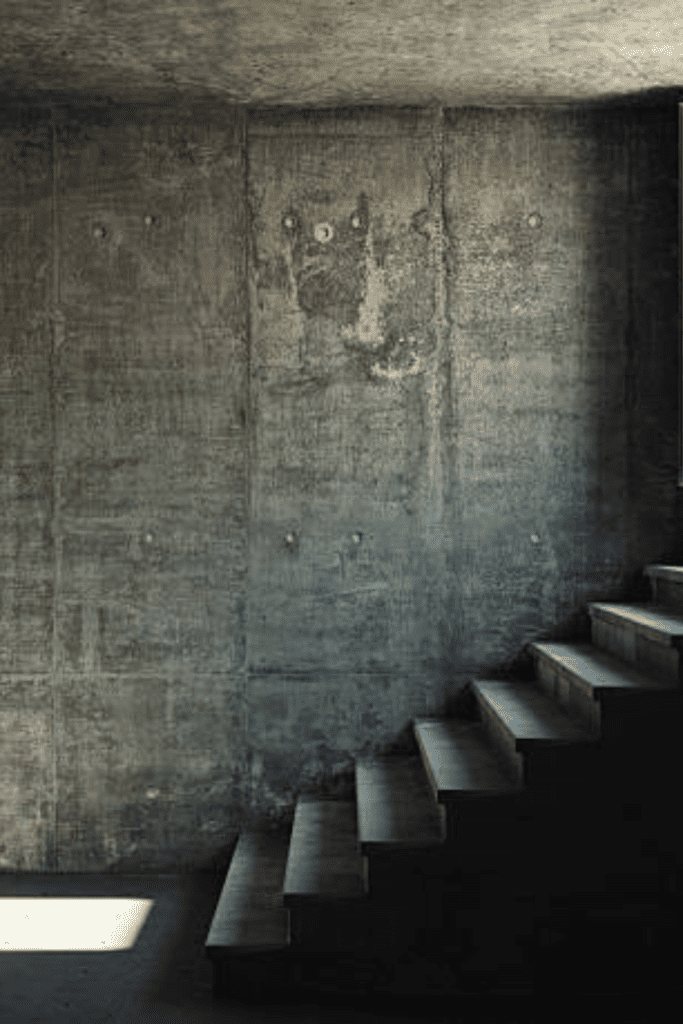
When it comes to ensuring your family’s safety, knowing the types of safe rooms available can make all the difference. Imagine a space where you can retreat in times of unexpected danger or natural disasters. That’s what a safe room offers—a shield from chaos!
Underground Safe Rooms
Think of it as an invisible fortress buried beneath your feet. These are particularly beneficial in areas prone to tornadoes or hurricanes. Tucked away underground, they offer maximum protection from high winds and flying debris.
When it comes to ensuring your family’s safety during extreme conditions, underground safe rooms are top-notch. Imagine a secure space, tucked safely away beneath the surface, providing a haven from tornadoes, hurricanes, or unwanted intruders. These rooms are engineered to withstand severe weather conditions, leveraging the earth’s natural insulation and protection.
Why choose an underground option? Beyond the obvious safety benefits, these safe rooms maintain a more consistent temperature, making them energy-efficient and comfortable year-round. Additionally, being out of sight, they offer an extra layer of security and peace of mind.
However, it’s essential to consider accessibility and potential flooding risks. Proper planning and construction can mitigate these concerns, ensuring your underground safe room is a truly safe escape for your loved ones.
Types of Underground Safe Rooms
The Garage Cube Safe Room
The Garage Cube Safe Room, featured on the Survive-a-Storm website, epitomizes cutting-edge innovation in home safety. Designed to seamlessly blend into a typical garage flooring, this sturdy shelter provides unparalleled protection against extreme weather events such as tornadoes and hurricanes.
Its robust construction, utilizing heavy-duty steel and reinforced walls, ensures durability and resilience in the face of nature’s fury. Equipped with advanced ventilation systems and secure locking mechanisms, the Garage Cube Safe Room prioritizes both safety and comfort, offering occupants peace of mind during turbulent times.
With its compact yet spacious design, it serves as a versatile solution for homeowners seeking reliable shelter without sacrificing convenience or aesthetics. Whether used as a standalone refuge or integrated into existing structures, the Garage Cube Safe Room stands as a testament to Survive-a-Storm’s commitment to safeguarding lives and property in the most challenging circumstances.
Pro Tip: Plant this thing in your backyard, hidden by thick bushes!

The Estate Safe Room
The Estate Safe Room, showcased on the Survive-a-Storm website, embodies the pinnacle of luxury and security in residential protection. Crafted with meticulous attention to detail and utilizing premium materials, this safe room offers unparalleled safety and comfort for discerning homeowners.
Its spacious interior, outfitted with plush furnishings and state-of-the-art amenities, provides a sanctuary of tranquility amidst chaos. Engineered to withstand the most severe weather events, including tornadoes and hurricanes, the Estate Safe Room boasts reinforced walls and advanced locking mechanisms, ensuring maximum protection for occupants.
Whether integrated seamlessly into a lavish estate or discreetly hidden within a home, it exemplifies Survive-a-Storm’s dedication to blending safety with sophistication. With the Estate Safe Room, homeowners can enjoy peace of mind knowing they have a secure retreat to weather any storm with grace and resilience.
Pro Tip: Plant this thing in your backyard, hidden by thick bushes!
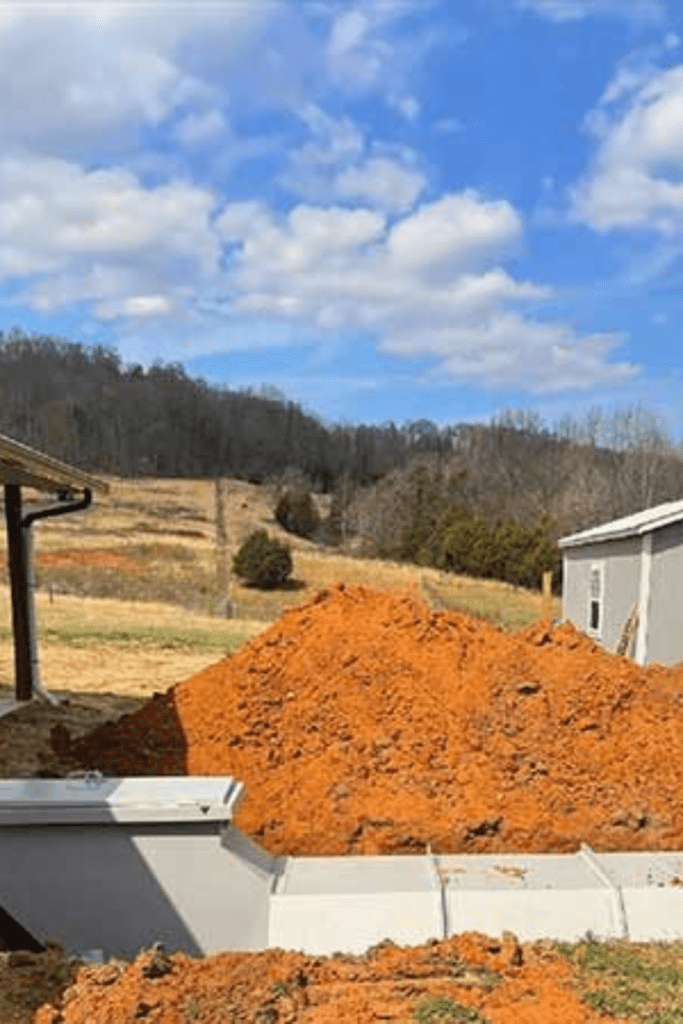
Above-Ground Safe Rooms
For those who prefer or require accessibility without stairs, above-ground safe rooms are a viable option. Reinforced to withstand severe weather, they can be integrated into your home’s design or added later as a standalone structure.
Above-ground safe rooms offer a robust solution for those seeking safety without diving underground. Ideal for tornadoes and home invasions, their accessibility is a major plus. These safe havens can be seamlessly integrated into your garage, basement, or even within the core layout of your home.
Think of it as a fortified room, where walls and doors are reinforced to withstand extreme conditions. What makes them stand out is the convenience. No need to hustle downstairs or outside; it’s right there, within your reach.
The design flexibility is noteworthy too; they can blend with your home aesthetics, making safety both practical and discreet. Above-ground options bring peace of mind, knowing that protection is just a few steps away.
Types of Above-Ground Safe Rooms
The Twister Pod Safe Room
The Twister Pod Safe Room, prominently featured on the Survive-a-Storm website, epitomizes innovation and reliability in tornado protection. Engineered for swift deployment and ease of use, this portable shelter offers a crucial lifeline for individuals and families in the path of severe weather.
Its compact yet robust design, constructed from high-grade steel and reinforced materials, ensures durability and resilience against extreme winds and debris. Equipped with essential amenities such as seating and ventilation, the Twister Pod provides a safe haven even in the most turbulent conditions.
Whether installed in a garage or backyard, its versatility and accessibility make it a vital asset for those living in tornado-prone regions. With the Twister Pod Safe Room, Survive-a-Storm empowers individuals to face nature’s fury with confidence and peace of mind, reaffirming their commitment to safety and preparedness.
The Extreme Safe Room
The Extreme Safe Room, prominently showcased on the Survive-a-Storm website, represents the pinnacle of fortified protection against nature’s most ferocious forces. Designed to withstand the most extreme weather events, including Category 5 hurricanes and EF5 tornadoes, this shelter offers unmatched security and peace of mind for homeowners in high-risk areas.
Constructed with heavy-duty steel and reinforced walls, the Extreme Safe Room provides a robust barrier against flying debris and structural collapse, ensuring the safety of its occupants even in the most dire circumstances. Equipped with advanced ventilation systems, emergency lighting, and secure locking mechanisms, it prioritizes both comfort and security, creating a refuge of unparalleled resilience.
With its customizable features and seamless integration into existing homes or new constructions, the Extreme Safe Room exemplifies Survive-a-Storm’s unwavering commitment to safeguarding lives and property in the face of extreme weather events.
The Panelized Safe Room
The Panelized Safe Room, prominently featured on the Survive-a-Storm website, embodies innovation and versatility in residential safety solutions. Engineered with precision and utilizing advanced panelized construction techniques, this shelter offers unparalleled protection against severe weather events such as tornadoes and hurricanes.
Its modular design allows for easy installation and customization, making it suitable for both new constructions and existing homes. Constructed from high-strength materials and reinforced panels, the Panelized Safe Room provides a robust fortress against high winds and flying debris, ensuring the safety of its occupants even in the most perilous conditions. Equipped with essential amenities including seating, ventilation, and emergency lighting, it prioritizes both comfort and security, offering peace of mind to homeowners in tornado-prone regions.
With its seamless integration into residential properties and commitment to superior craftsmanship, the Panelized Safe Room exemplifies Survive-a-Storm’s dedication to safeguarding lives and property from the destructive forces of nature.
Closet Safe Rooms
Among the cleverest ways to integrate a safe room into your home is by converting a closet into a hidden fortress. Think Narnia, but instead of a magical world, it opens up to a haven of safety. These cozy sanctuaries can be especially appealing because they make use of existing space, reducing the need for extensive remodeling. You can fortify a walk-in closet with reinforced walls, a sturdy door with multiple locks, and perhaps even a discreet communication setup. The beauty of a closet safe room lies in its stealth. Neatly tucked away, it’s not just a practical safety measure, but also preserves the aesthetic harmony of your home. Ideal for urban dwellings or homes with limited space, a closet safe room adds a layer of security without announcing its presence to the world.
The Closet Safe Rooms are the ultimate incognito safety zone; these are essentially reinforced closets within your home. They’re convenient, accessible, and can double as panic rooms in case of an intruder.
Adding either The Extreme or The Panelized Safe Room models inside your home or basement as a closet safe room it adds an extra layer of protection for your family to quickly get to safety.
Consider Your Family’s Unique Safety Requirements

Each type of safe room has its own set of advantages, depending on your specific needs and concerns. Think about what threats you’re most likely to face in your area and your family’s unique requirements to make the best choice.
When you’re on the hunt for the perfect safe room for your family, there are a few key features you’ll want to keep in mind. It’s not just about having a room; it’s about ensuring it’s equipped to protect your loved ones in various emergency scenarios. Let’s break down these features!
Security Measures
When considering a safe room for your family, security features top the list. It’s not just about having a thick door; think high-tech locks, perhaps biometric, ensuring only authorized access. Surveillance cameras act as eyes when you’re not around, providing live feedback to your safe space. Don’t forget about the sturdy construction; materials resistant to force, fire, and even specific threats if you’re in an area prone to natural disasters.
It’s about creating a fortress within your home that gives you peace of mind, knowing your loved ones have a sanctuary in times of chaos. Always remember, the strength of your safe room is in its weakest link, so focus on all-around protection.
Ventilation
Next, consider ventilation. In a scenario where you’re hunkered down for a while, a sound ventilation system is crucial for maintaining breathable air and a comfortable environment. Also, ensure there’s a reliable communication system in place. Whether it’s a hard-wired phone or a dedicated radio system, staying connected with the outside world can be vital.
Ensuring your safe room has an efficient ventilation system is important. This keeps the air fresh and prevents claustrophobia, making your hideout more bearable for everyone, especially during long stays.
Size and Location
Size of Your Safe Room
Lastly, size and location play a significant role. Your safe room needs to be easily accessible to all family members, but discreet enough to stay hidden from unwelcome guests. Additionally, it should be spacious enough to accommodate everyone comfortably, without feeling cramped.
Choosing the right safe room is all about marrying functionality with peace of mind. Ensure you tick these boxes, and you’ll have a safe haven ready for any situation.
Location of Your Safe Room
Location is key. Ideally, it should be easily accessible to all family members at any time. For above-ground safe rooms, interior rooms without windows, like a bathroom or closet, can offer added security. Underground options might be more secure from severe weather, but ensure it’s not prone to flooding. Placement should also consider the quickest and safest routes out of the house. Remember, the goal is safety first, so convenience should never compromise security.
Staying Connected: Communication Systems
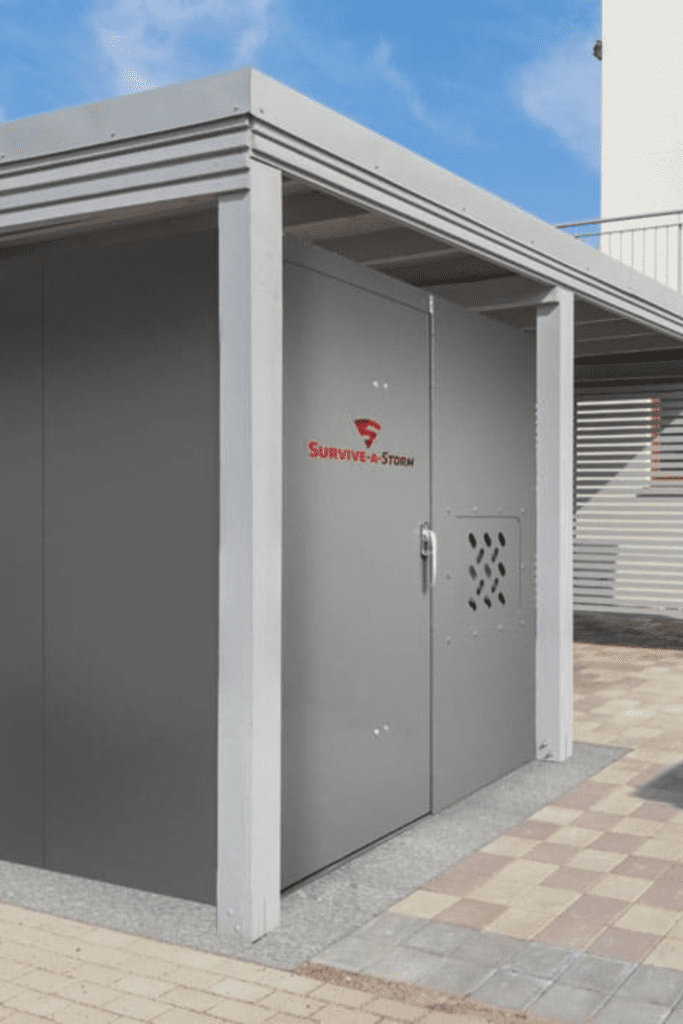
In emergencies, being able to reach out for help or simply communicate with the outside world is crucial. Equip your safe room with a durable, battery-powered communication device. Whether it’s a dedicated phone line, a satellite phone, or even a two-way radio system, staying connected can provide reassurance and potentially lifesaving communication.
Remember, the goal is not just to survive, but to do so with a semblance of normalcy and comfort. Ventilation and communication systems are key contributors to this aspect of your safe room.
Installation and Maintenance
Installation of Your Safe Room
Getting your safe room ready is not just about the installation—it’s about keeping it up too. You’ve got two paths, which include hiring professionals or diving into a DIY project. Each has its perks. Pros bring expertise and speed to the table, but rolling up your sleeves for a DIY can save some cash and give you a deep understanding of your safe haven.
Maintenance of Your Safe Room
Once your safe room is in place, don’t forget about maintenance. This isn’t a “set it and forget it” situation. Regular checks ensure everything from air filters to communication gadgets work when you need them most. It’s like keeping your car in tune; you wouldn’t want to find out there’s an issue when you’re already on the road, right? The same goes for safe rooms—stay prepared by staying proactive.
Regular Inspections and Maintenance
- Checking Seals and Locks: At least once a year, take time to inspect the seals around the door and make sure locks are functioning smoothly. Any sign of wear or damage? It’s time to replace or repair.
- Air Ventilation System: Your safe room’s air system is a lifeline. Ensure filters are clean and the system runs without hitches. Blocked or faulty air systems can be dangerous in emergencies.
- Emergency Supplies: Periodically check your stock of water, food, batteries, and first aid supplies. Replace anything that’s expired or nearing its end.
Remember, staying proactive with maintenance keeps your safe room dependable and your family safe.
Training and Planning for Emergencies
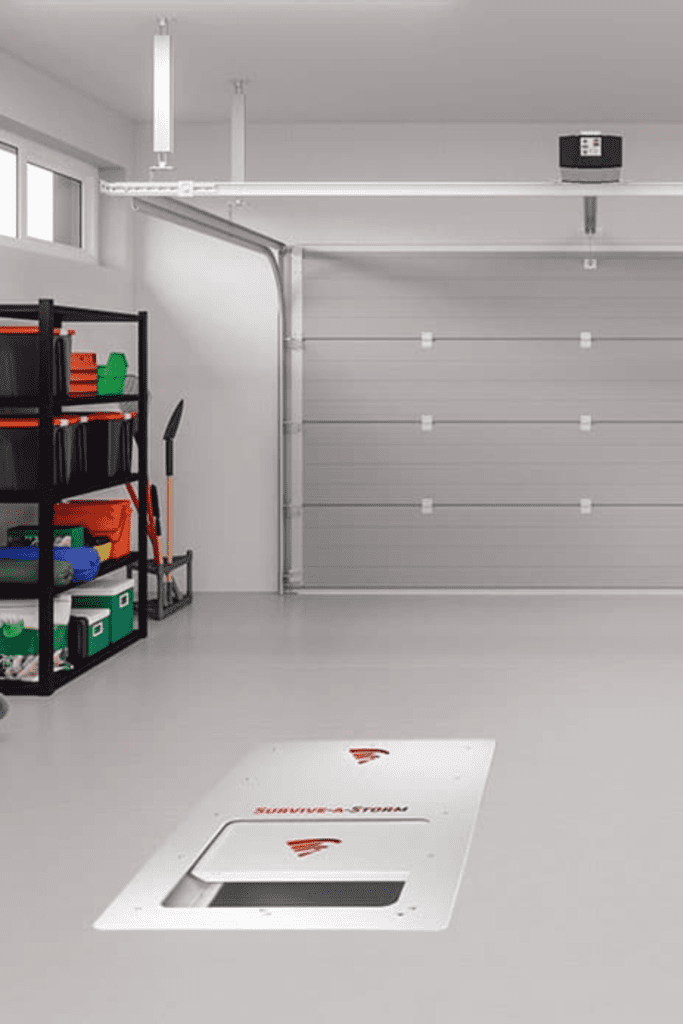
Having a safe room is a fantastic step towards ensuring your family’s safety. However, its effectiveness hinges on everyone knowing exactly what to do when chaos strikes. Think of it as a fire drill, but for any type of emergency. Here are a few pointers to get started:
- Regular Drills: Once every few months, run emergency drills. Simulate different scenarios, including natural disasters, home invasions, or any situation where the safe room would be your sanctuary.
- Communication Plan: Establish a clear communication plan. Who calls for help? Is there a code word? Make sure every family member knows!
- Essential Supplies: Familiarize everyone with the supplies in the safe room, such as how to use the first aid kit or operate the emergency radio.
Remember, preparation today can be the difference between panic and calm tomorrow. Make these drills a mix of seriousness and fun to keep everyone engaged and ready.
Stocking Your Safe Rooms
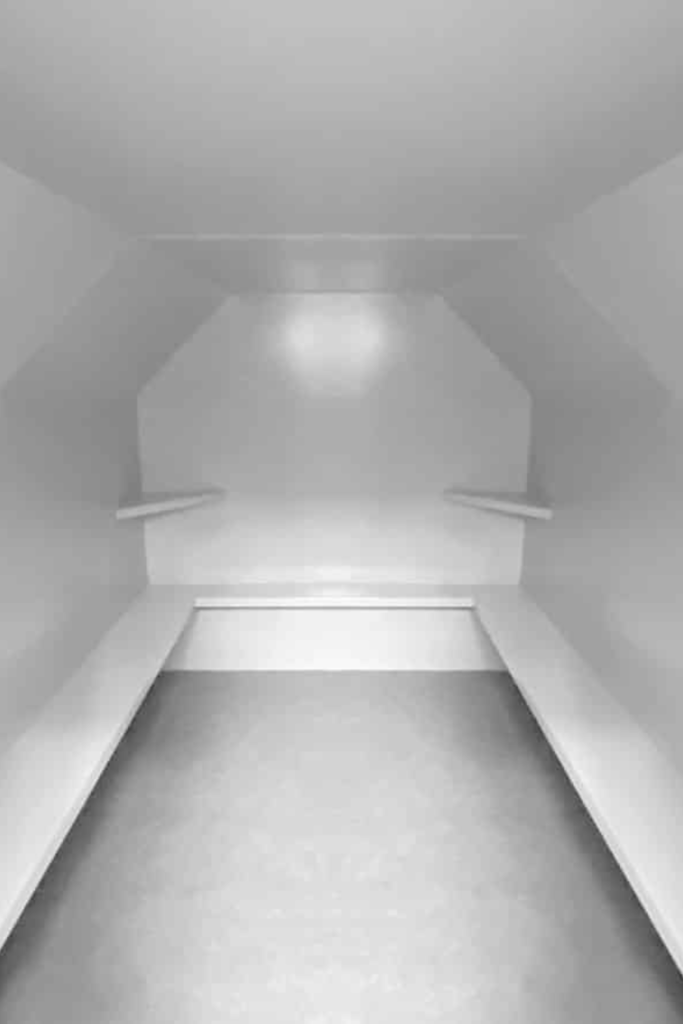
Stocking your safe room is a critical step in ensuring its effectiveness during emergencies. Start by assembling a supply kit containing essential items such as non-perishable food, water, first aid supplies, and medications to sustain you and your family for at least 72 hours.
- Consider including items like flashlights, batteries, a portable radio, and a multipurpose tool for added utility.
- Additionally, pack important documents such as identification, insurance papers, and contact information in a waterproof container.
- Don’t forget to include comfort items like blankets, pillows, and personal hygiene products to make your stay more bearable.
Regularly check and replenish your supplies to maintain readiness. Having a well-stocked safe room ensures that you’re prepared to weather any storm or emergency situation with confidence and resilience.
How to Build a 72-Hour Supply Kit for Your Safe Room
For a comprehensive guide on what essentials to include in your safe room’s 72-hour survival kit, be sure to check out my post titled “What Should Be In a 72-Hour Survival Kit?”
It covers everything you need to know about stocking your safe room with the necessary supplies to sustain you and your family during emergencies. From non-perishable food and water to first aid supplies and essential tools, this guide has you covered.
Don’t miss out on this valuable resource to ensure your safe room is fully equipped and prepared for any situation. Click on the following link to read more and get started on your preparedness journey today!
What Should Be in A 72-Hour Survival Kit?
Conclusion
In wrapping up, selecting the ideal safe room for your family is paramount, offering peace of mind amidst chaos. With a range of options and key features to consider, the perfect safe haven is within reach. Remember, the safety and well-being of your loved ones are priceless. Invest time in choosing wisely, ensuring a secure, well-prepared sanctuary for any emergency. Here’s to creating a fortress of safety for your family that stands steadfast against any storm!
Creating a secure and comfortable space is part of living wisely—learn more in How to Live on Raw Land.
Building a secure safe room is just one part of comprehensive emergency planning—learn how to prepare your home and family for any situation in The Complete Guide to Emergency Preparedness: Everything You Need to Thrive in Any Situation.
Resources: Here are some helpful resources for further information.
- Prebuilt Safe Room Kits – By Elephant Safe Room
- Build a Panic Room In Your Home – By Fortified Estate
- Underground Safe Room – By Defcon Bunkers
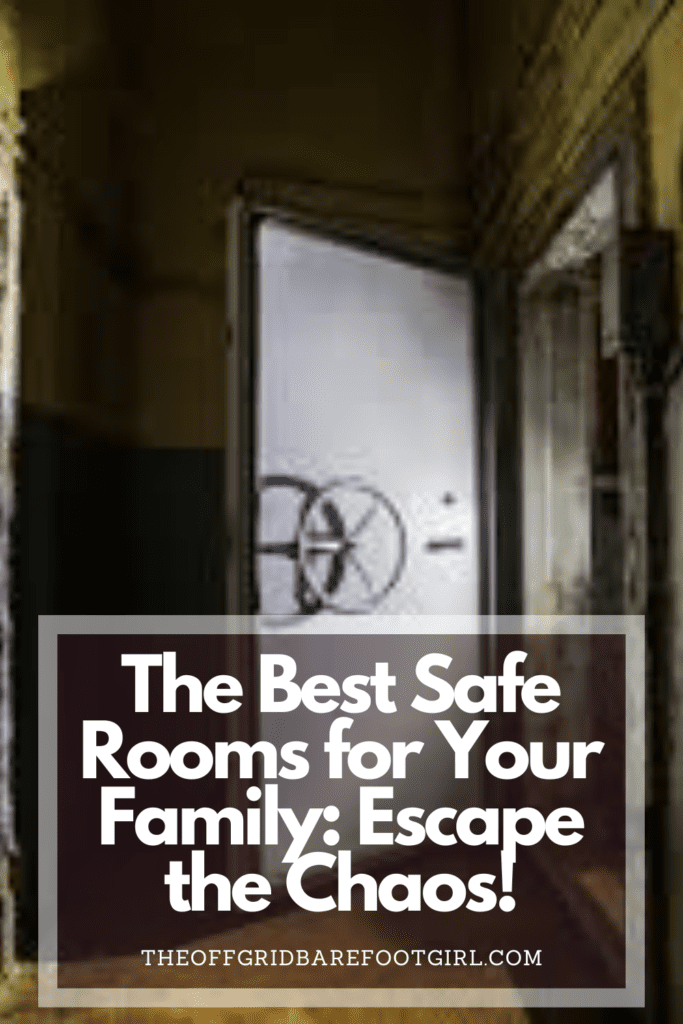
Frequently Asked Questions
1. What exactly is a safe room and why should I consider having one for my family?
A safe room is a designated space within your home designed to provide immediate protection during emergencies such as home invasions, natural disasters, or extreme weather events. Typically reinforced with materials like concrete or steel, safe rooms are built to withstand high winds, projectiles, and intruders. Equipped with essentials like communication devices, first aid supplies, food and water storage, and possibly even a bathroom, safe rooms ensure your family’s safety and comfort in dire situations. Having a safe room offers peace of mind knowing that you have a secure place to retreat to when danger strikes. Whether it’s a break-in or a tornado warning, having a designated safe space can make all the difference in keeping your loved ones protected and prepared for the unexpected.
2. What are the key features to look for in a safe room?
When looking for a safe room, there are several key features to consider for maximum security and protection. First and foremost, the construction of the room should be sturdy and able to withstand extreme weather conditions or potential intruders. Look for materials like reinforced steel or concrete walls, solid core doors, and secure locks. Additionally, the safe room should have adequate ventilation to prevent suffocation during extended stays. An emergency communication method, such as a cell phone or two-way radio, should also be easily accessible in case of emergencies. Finally, consider installing a backup power source like a generator to ensure that essential systems such as lighting and communication remain operational even during power outages. By prioritizing these features, you can create a safe room that provides peace of mind and protection for you and your loved ones in times of crisis.
3. How can I determine the best location in my home to place a safe room?
When determining the best location in your home to place a safe room, it’s important to consider several factors. Firstly, choose a room that is easily accessible and located on the ground floor if possible. This will make it easier to access in case of an emergency. Additionally, choose a room with no windows or limited windows to prevent intruders from seeing inside. Ideally, the room should be centrally located within your home so you can quickly reach it from any part of the house. Lastly, consider reinforcing the walls and door of the room for added security. Ultimately, the best location for your safe room will vary depending on the layout and size of your home, so take these factors into consideration when making your decision.
4. Are safe rooms only for protection against natural disasters, or can they also be used in other emergency situations?
Safe rooms are commonly associated with providing protection against natural disasters such as hurricanes, tornadoes, and earthquakes. However, these fortified spaces can also serve a variety of other purposes beyond just serving as a shelter during emergencies. Safe rooms can be used as secure storage for valuable items or important documents, a panic room for protection against intruders or home invasions, or even as an extra bedroom or entertainment area in some cases. Additionally, safe rooms can provide peace of mind for individuals who may feel vulnerable due to their occupation or public profile. Ultimately, safe rooms offer versatility and flexibility in their functions, making them a valuable addition to any home or building for both safety and convenience purposes.
Summary
I hope I have inspired you to help you prepare your safe rooms with these helpful tips and products. Here are some other links you may be interested in reading!
Survival Skills Training: Into the Backwoods with a Master Survivalist!
Choosing the Best Survival Cooking Kit: The Ultimate Guide
Survive the Peaks: The Best Avalanche Gear on the Market!
Bug In and Survive a Grid Down: Survival Training Course!
Bugout Bags and Survival Training Course with Grid Down Consulting!
Get These Vital Emergency Survival Equipment Now!
Bartering: How To Negotiate Commodities with Astonishing Results!
Warning: Why You Need Whole Home Water Purification Now!
How to Design Off Grid Power Systems for Your Homestead
How Many Watts Does a Fridge Use? Energy Efficient Guide
The Best States for Off Grid Living: Unplugged and Thriving
Composting Toilet Systems Are Surging: Ditch Your Septic Tank Now!
Are Greywater Tanks the Key to Sustainable Living? Find Out Now!
How to Live Off-Grid: 11 Tips to Survive and Thrive!
Are Survival Food Kits Worth It? The Truth Revealed!
Do You Really Need Faraday Bags? The Shocking Truth Revealed!
The Best Doomsday Preppers Blogs to Follow Now Before SHTF!
The Ultimate Camping Gear Checklist: Everything You Need for an Adventure
The Ultimate Spring Cleaning House Checklist: Deep Clean with Me!
How Supporting Farmer’s Markets Makes a Difference
Eco-Friendly Christmas: How to Have an Eco-Friendly Christmas
How to Winterize Your Home: Prepare for Jack Frost’s Wrath!
Proven Hacks to Make Your Christmas Tree Survive
What Thanksgiving Teaches Us About Survival
Homeless Survival Hacks to Overcome Adversity
More Self-Sufficiency Posts!
Is Your Car Ready for Winter? The Ultimate Checklist for Your Winter Emergency Car Kit
What The Walking Dead Can Teach Us About Survival: The Walking Dead Survival Tactics
Get Lockdown Ready: Best Dollar Tree Survival Items
Understanding Water Purification Methods for Survival: Best Practices Explained
Thirsty for Survival: Expert Guide to Emergency Water Prep Tactics
The Benefits of Urban Homesteading: Revolutionize Your City Life
Practical Pantry Prepper: Essential Guide
How to Grocery Shop Once a Month
What Should Be in A 72-Hour Survival Kit?
Buy or Die: Prepper Items You Need Now
How to Learn 58 Self-Sufficient Skills Right Now
Road to Self-Sufficiency: How to Start Your Journey
If you were encouraged by this post, I invite you to check out my FREE Printables Page for fun free printables, planners, and charts.
ENTER MY FREE Printables Page HERE
Blessings,
The Off Grid Barefoot Girl

